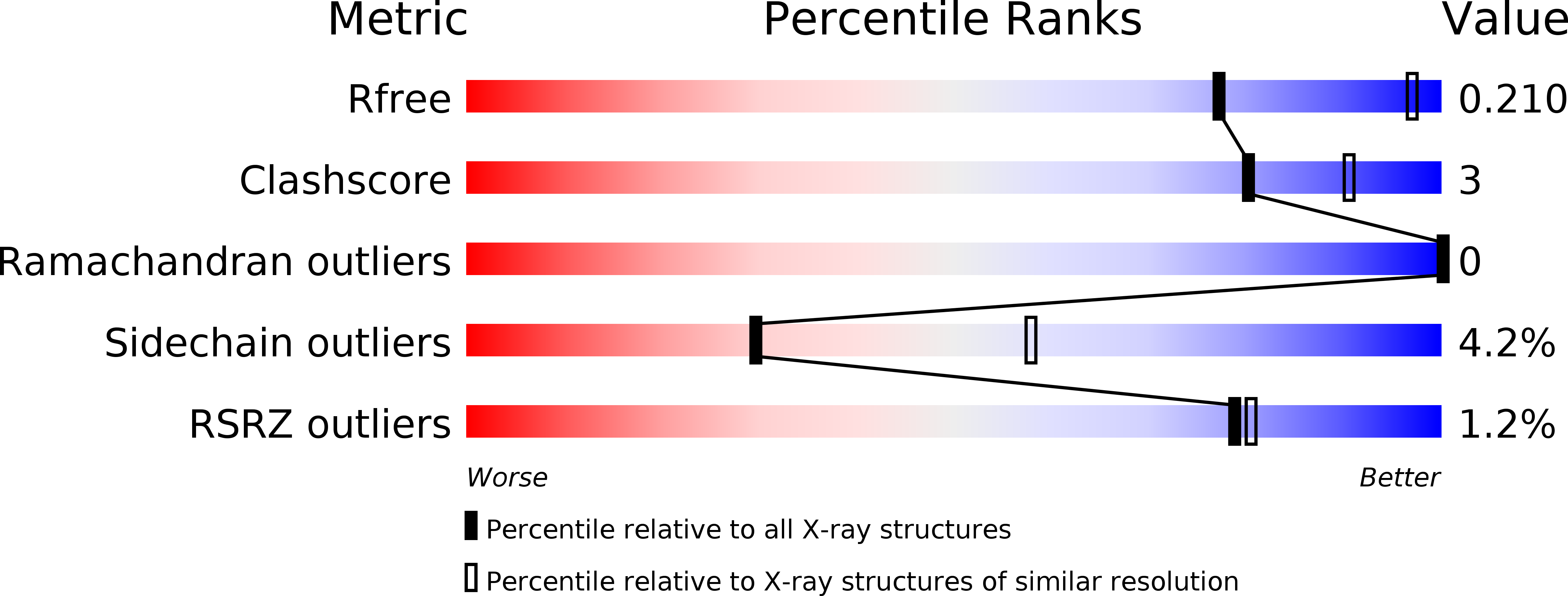
Deposition Date
2011-11-01
Release Date
2012-11-07
Last Version Date
2024-05-08
Entry Detail
PDB ID:
4A6E
Keywords:
Title:
Crystal structure of human N-acetylserotonin methyltransferase (ASMT) in complex with SAM and N-acetylserotonin
Biological Source:
Source Organism:
HOMO SAPIENS (Taxon ID: 9606)
Host Organism:
Method Details:
Experimental Method:
Resolution:
2.70 Å
R-Value Free:
0.21
R-Value Work:
0.16
R-Value Observed:
0.16
Space Group:
H 3 2


